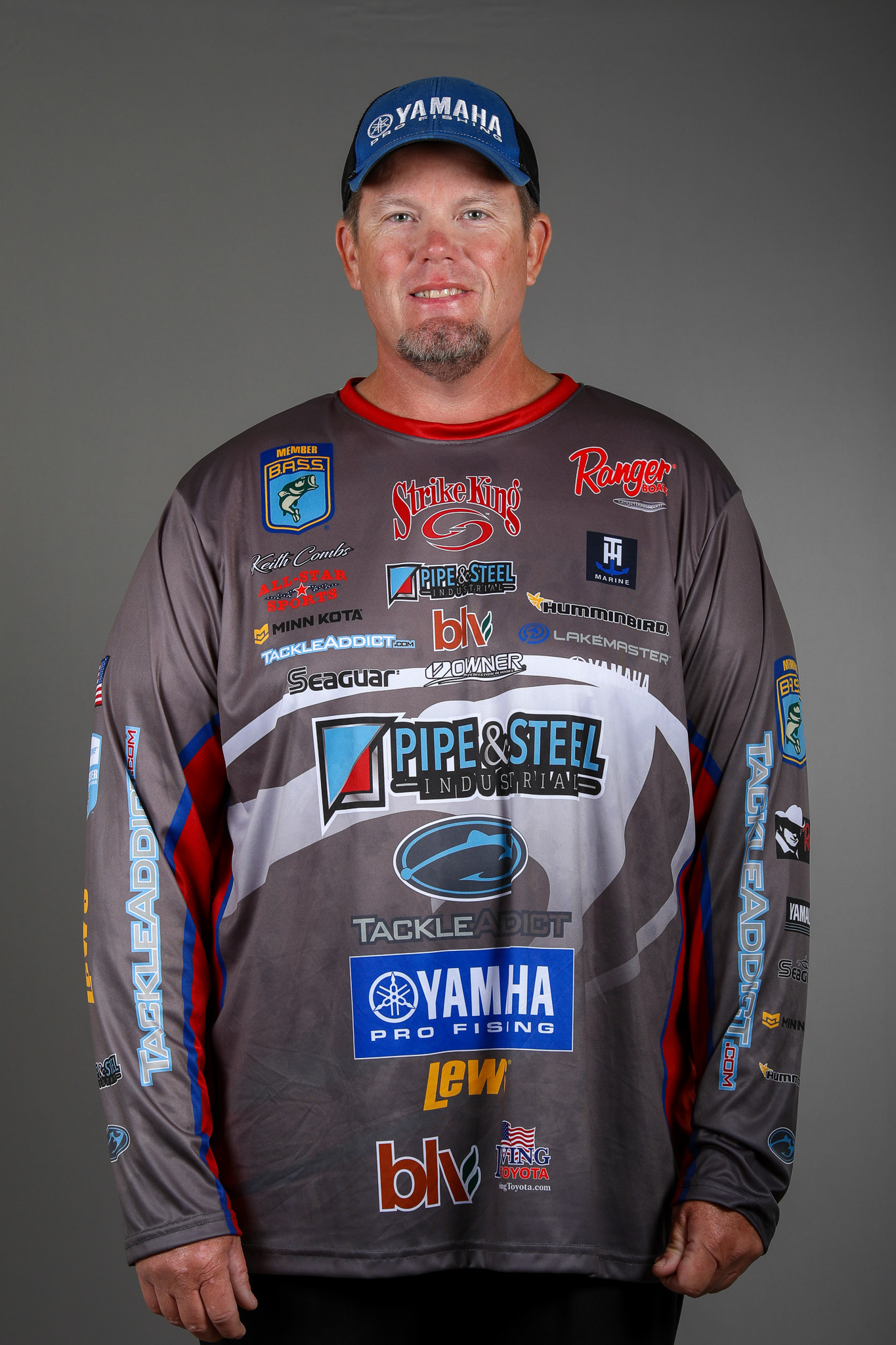
With two regular season Bassmaster Elite Series tournaments done, I can honestly say that it’s a relief to escape Florida without a major stumble. It’s not that Florida hasn’t been good to me in the past, but rather that at both the St. Johns and the Harris Chain, it’s possible to take yourself out of the running before the tournament starts. There are lots of variables that make both venues hit-or-miss fisheries.
Take the St. Johns, for example. You can fish 40 miles north or 60 miles south. You can fish super shallow or out deeper on the river bars. You can also choose to lock into Rodman or disregard it entirely. Then there’s the tidal effect. Throw that in there, especially if you go north, and your timing becomes super-critical.
The Harris Chain presents similar challenges. There are seven or eight different lakes to choose from, with long idles and even a lock in between them. Then there’s the possibility that it will be won offshore (like it was) or up shallow fishing traditional Florida-style, heavy cover. Add into that mix the fact that it’s Florida, early in the year, when cold fronts wreak havoc on the fish, and it complicates matters further.
Practicing for those events can be a challenge given all of those factors. I’ve always liked to fish fast and target aggressive groups of fish. The one thing I’ve learned about fishing in Florida, especially early in the season, is that you have to fish slowly.
At the Harris Chain, with all of the idle zones and locking into Apopka, you can’t fish it all during our three-day practice period. There’s simply too much to cover. If you get a few bites in different lakes, sometimes you can connect the dots and build a pattern. Other times you have to choose one area over the others – they’re simply spread too far apart. My general strategy has been to pick one or two key areas and really learn them well. This year, that helped me and hurt me.
At the St. Johns, Rodman proved to be a big player, but I never went there. Similarly, at the Harris Chain, I never made a cast in Harris where the tournament was ultimately won. There were just a couple of grass beds in there that really produced, along with a few areas in Apopka and Griffin.
Sure, you don’t have to be in the winning area to prevail or get a check, but there’s nothing more painful than watching the coverage on Day 4 and realizing that nobody you fished around did well at all. That just means you missed it completely.
Again, I’m not thrilled with my finish at the St. Johns, and if I’d gotten a few breaks at the Harris Chain I certainly could have done better, but I survived. Now we’re headed to tournament venues that may be tough or challenging, but they won’t have quite the number of variables that we experienced in Florida.
Santee Cooper is first out of the Classic, and while there are two big lakes and thousands of acres of fishable water to choose from, it’s not quite the “either/or” challenge that we saw earlier in the season. I suppose it could be won out deep, but for the most part I expect it will be a shallow water tournament, and that limits the options substantially.
Then we go to Lake Fork, which is a relatively small fishery by Elite Series standards. The timber can make it hard to get from one place to another quickly, but it’s still possible to change course or alter your strategy at any time during the day. I like that. It’s not that I don’t feel I’m capable of making the right choice up front, but rather that I feel I’m at my best when I can adjust with the conditions.
I’m looking forward to the rest of the season and can’t wait to get back on the water.





